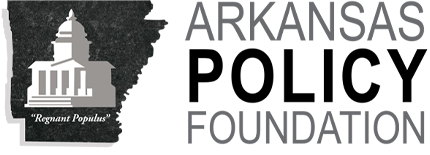(May 11, 2020) The longest economic expansion in U.S. history ended in February, a Policy Foundation analysis of four coincident indicators shows.
The Foundation’s findings were published yesterday by TalkBusiness, an
Arkansas site that reports on commerce. The report notes nonfarm payroll employment, a coincident indicator, peakedin February, according to the U.S. Bureau of Labor Statistics. Two other coincident indicators–real personal income excluding current transfer receipts and real manufacturing and trade sales–also appear to have peaked in 1Q-2020.The fourth indicator, U.S. industrial production, peaked in late 2018, Federal Reserve data shows.
Most Postwar Recessions Did Not Exceed 10 Months
The National Bureau of Economic Research’s (NBER) Business Cycle Dating Committee notes its “approach to determining the dates of turning points is retrospective. We wait until sufficient data are available to avoid the need for major revisions.” In sum, it could be months before an official economic peak or trough is announced by the panel.
The NBER’s chronology records 11 business cycles in the postwar era. The
average recession’s duration is 11.1 months. Three (1973-75, 1981-82, 2007-09) lasted more than a year, while six lasted less than the average, ranging from six to 10 months. These recessions occurred in 1953-54, 1957-58, 1960-61, 1980, 1990-91 and 2001. The shortest recession lasted six months (1980).
The TalkBusiness column notes, “Some find it counterintuitive to consider the possibility of a recession when the economy is expanding. Likewise, how to contemplate–given current economic conditions–that this recession will end?” But given “the abundance of monetary and fiscal measures” in response to the COVID-19 outbreak and the historical record it’s possible the recession could end later this year. A trough in the four coincident indicators will suggest the recession has ended.
–Greg Kaza









